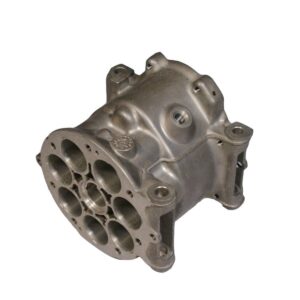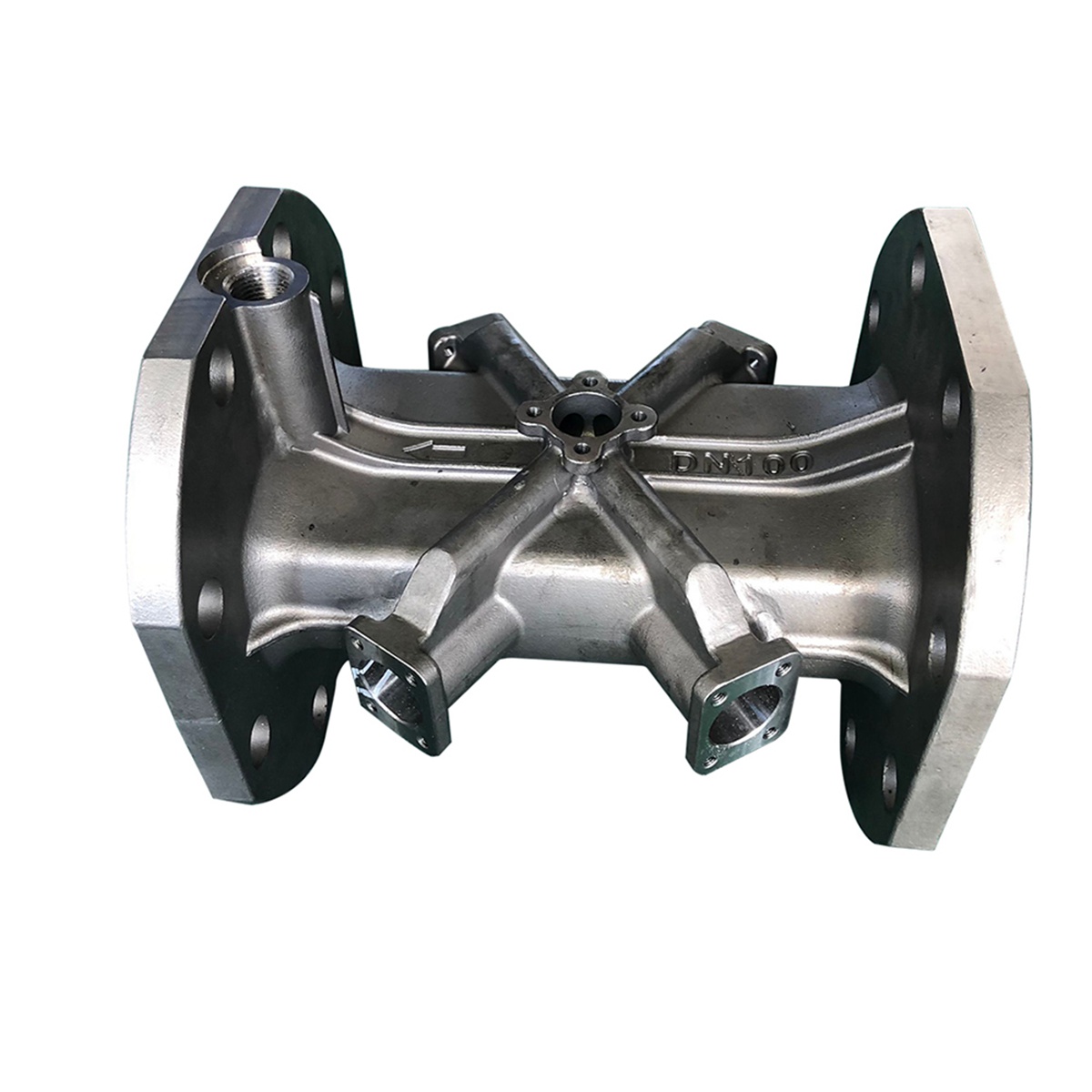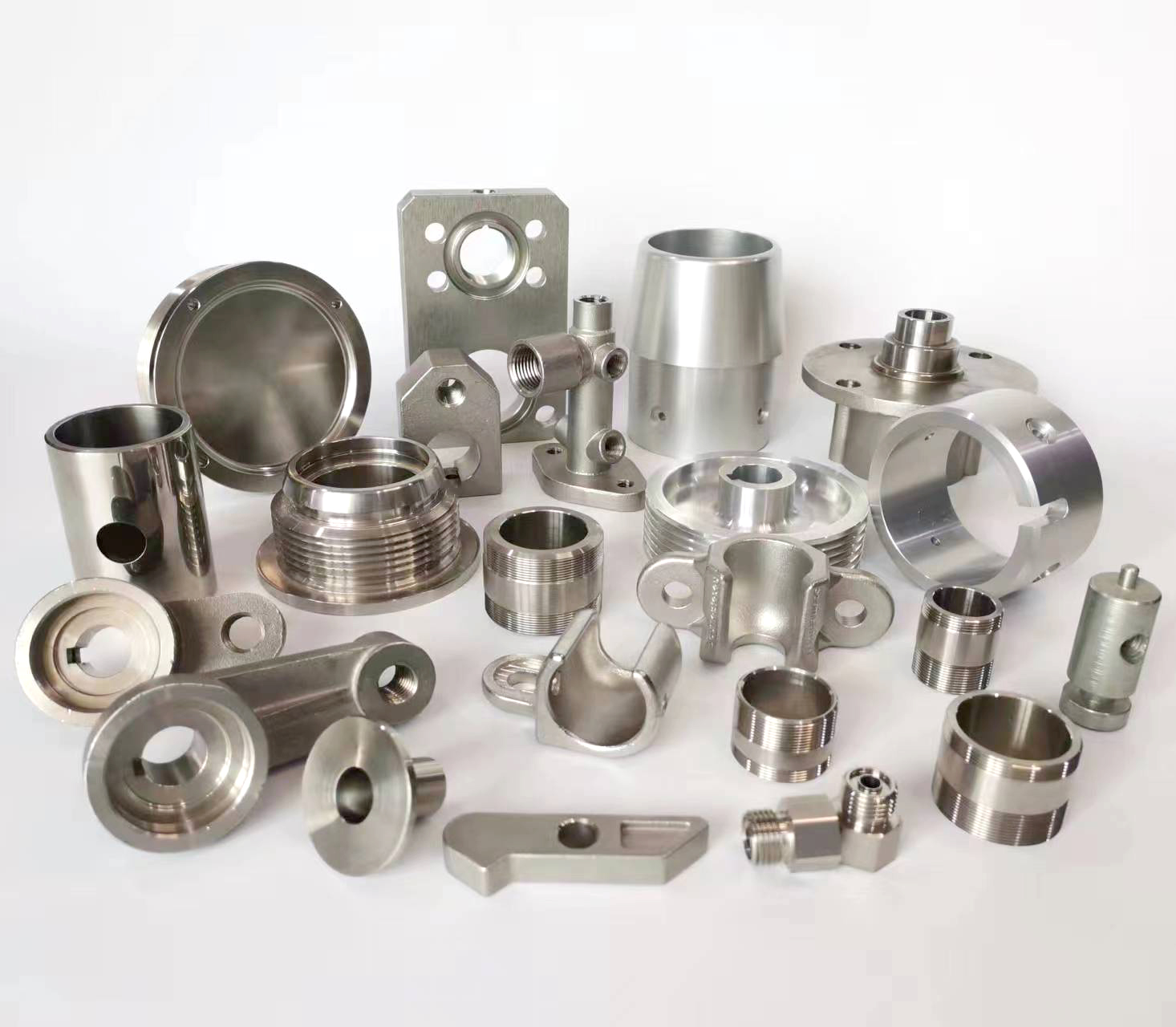
Here’s a comprehensive guide to selecting metal fabrication methods, focusing on key decision factors:
Key Factors Influencing Method Selection:
Part Geometry & Complexity:
Simple, Constant Cross-Sections: Extrusion, Roll Forming, Drawing (wire/tube).
Hollow Parts: Casting (Die, Investment), Tube Hydroforming.
Thin-Walled Parts: Stamping, Sheet Metal Forming (bending, deep drawing), Spinning.
Complex Internal Features/Passages: Investment Casting, Additive Manufacturing (AM).
Complex 3D Shapes: Casting (Sand, Die, Investment), AM, Forging (near-net shape).
Solid, Near-Net Shapes: Forging (open/closed die), Powder Metallurgy (PM), AM.
Flat Patterns: Laser/Plasma/Waterjet Cutting, Blanking, Shearing.
Wall Thickness: Casting handles thicker walls well; Stamping requires relatively uniform thinness; AM has process-specific limits.
Material:
Compatibility: Not all materials suit all processes (e.g., brittle alloys poorly suited to deep drawing; high-melt metals challenging for casting).
Formability: Crucial for forming processes (stamping, bending, forging). High strength/low ductility materials are problematic.
Weldability: Impacts suitability for fabrication involving welding (structural fab, some AM).
Castability: Fluidity, shrinkage, hot tearing susceptibility matter for casting.
Sinterability: Required for Powder Metallurgy.
Desired Final Properties: Forging and cold working enhance strength; casting retains isotropic properties; AM can create unique microstructures; heat treatment compatibility.
Production Volume (Quantity):
Prototypes / Very Low Volume (1-10): Machining (CNC), Sheet Metal Fab, Additive Manufacturing (AM), Waterjet/Laser Cutting. Avoid high-tooling-cost methods.
Low to Medium Volume (10s – 1000s): CNC Machining, Investment Casting, Sand Casting, Fabrication (cutting/welding), some AM processes.
High Volume (1000s – Millions): Stamping, Die Casting, High-Speed Machining, Forging, Powder Metallurgy (PM), Roll Forming. High initial tooling costs justified by low per-part cost.
Dimensional Accuracy & Tolerance Requirements:
Tightest Tolerances: CNC Machining, Precision Grinding, Electrical Discharge Machining (EDM).
Good Tolerances: Die Casting, Investment Casting, Powder Metallurgy, some AM processes.
Standard Tolerances: Sand Casting, Forging, Stamping (depends on complexity), Extrusion.
Surface Finish: Machining, Grinding, Polishing yield best finishes. Casting, Forging, AM typically require secondary finishing for smooth surfaces.
Mechanical Properties & Performance Requirements:
High Strength/Durability: Forging (grain flow), Machining (from wrought stock), some AM processes.
Fatigue Resistance: Forging (compressive surface stresses), Machining (smooth finishes).
Impact Toughness: Forging generally superior.
Isotropy: Casting, PM, and AM (in some orientations) are isotropic. Forging and rolled/wrought materials can be anisotropic.
Porosity-Free: Critical for pressure-containing parts. Forging and wrought machining excel; casting/PM/AM require careful process control.
Cost Considerations:
Tooling Cost: High for Die Casting, Stamping, Injection Molding (for MIM), Forging dies. Low for machining, sand casting, basic sheet metal fab.
Material Cost: Minimize waste (AM, Near-Net Shape processes good). Machining has high scrap rates.
Labor Cost: Automated processes (Stamping, Die Casting, some AM) have lower labor costs per part. Manual processes (some welding, sand casting) higher.
Secondary Operations Cost: Processes needing significant machining or finishing (e.g., Sand Casting, Forging) add cost. Near-Net-Shape processes minimize this.
Lead Time:
Fastest for Prototypes: CNC Machining, Sheet Metal Fab, AM.
Fastest for High Volume: Once tooling exists (Stamping, Die Casting).
Longest Lead Times: Often involve complex tooling creation (large forging dies, intricate die casting molds).
Common Metal Fabrication Methods & Key Attributes:
Subtractive (Machining – CNC Milling/Turning):
Pros: Highest precision/tolerances, excellent surface finish, wide material compatibility, ideal for prototypes/low volume, complex geometries possible.
Cons: High material waste (scrap), slower for high volumes, cost per part high for large quantities, internal features can be challenging.
Best For: Prototypes, low-medium volumes, high-precision parts, parts from difficult-to-form materials.
Casting (Sand, Die, Investment):
Pros: Excellent for complex shapes (especially internal), near-net-shape (less waste), good for high volumes (Die), suitable for very large parts (Sand), wide material range.
Cons: Porosity risk, generally lower strength/ductility than wrought parts, surface finish/tolerances often require secondary ops (except Investment), high tooling cost (Die).
Best For: Complex geometries, hollow parts, high volumes (Die), large parts (Sand), intricate parts requiring good surface finish (Investment).
Forming (Sheet Metal – Stamping, Bending, Deep Drawing):
Pros: Very high production rates (stamping), low cost per part at high volume, good strength from work hardening, efficient material use.
Cons: High tooling cost (dies), limited to relatively thin, ductile materials, geometry constraints (uniform thickness, bend radii, drafts).
Best For: High-volume thin-walled parts (enclosures, brackets, automotive panels).
Forming (Bulk – Forging):
Pros: Superior mechanical properties (strength, toughness, fatigue resistance), grain flow follows shape, reliable performance, moderate to high volumes.
Cons: Limited geometric complexity compared to casting/machining, higher tooling cost (closed die), draft angles required, may need secondary machining.
Best For: High-stress structural components (crankshafts, connecting rods, gears, aerospace parts).
Powder Metallurgy (PM) & Metal Injection Molding (MIM):
Pros: Near-net-shape, complex shapes possible (especially MIM), excellent material utilization (low waste), high-volume capability, good tolerances (sintering), unique material combinations.
Cons: Porosity inherent (limits strength/ductility), material limitations, high tooling cost (especially MIM), size limitations (MIM).
Best For: High-volume complex small parts (gears, bushings, tools – PM), very complex small intricate parts (MIM).
Additive Manufacturing (AM – SLM, DMLS, EBM, Binder Jetting):
Pros: Unparalleled design freedom (complex geometries, internal features, lattices), minimal setup/tooling costs, ideal for prototypes/low-volume/custom parts, consolidated assemblies.
Cons: High cost per part, slower build speeds, limited build volumes, surface finish often requires post-processing, material properties can be anisotropic, porosity possible, material range still developing.
Best For: Prototyping, complex/low-volume parts, customized parts (medical implants), lightweight structures (lattices), repair.
Fabrication (Cutting & Joining – Welding, Brazing, Adhesives):
Pros: Builds large/complex structures from simpler components, flexible for low/medium volumes, versatile material combinations (with care).
Cons: Labor-intensive (often), distortions/residual stresses, HAZ (Heat Affected Zone) weakening, quality highly dependent on skill/process control.
Best For: Structural frames, vessels, piping, custom machinery, low-volume assemblies.
Selection Process Summary:
Define Requirements: Clearly articulate the part’s function, critical dimensions (tolerances), material specs, mechanical property needs, surface finish, quantity, budget, and lead time.
Analyze Geometry: Determine feasibility and suitability for candidate processes (complexity, wall thickness, features).
Evaluate Material Compatibility: Check if preferred material works well with the candidate processes.
Assess Volume vs. Cost: Match the production volume to processes with appropriate economics (high tooling cost for high volume; low setup cost for low volume).
Consider Secondary Operations: Factor in the need and cost of machining, heat treatment, finishing, etc., required after primary fabrication.
Prioritize Critical Factors: Decide what’s non-negotiable (e.g., ultimate strength, tightest tolerance, lowest cost at volume, fastest prototype).
Consult Experts & Manufacturers: Engage with potential suppliers early; they offer valuable DFM (Design for Manufacturability) feedback on specific processes.
Iterate & Refine: Often, slight design modifications enable a more optimal or cost-effective fabrication method.
There is rarely a single “best” method. The optimal choice results from carefully balancing all these factors against the specific part’s requirements and constraints. Prototyping different methods is often valuable for critical components.





